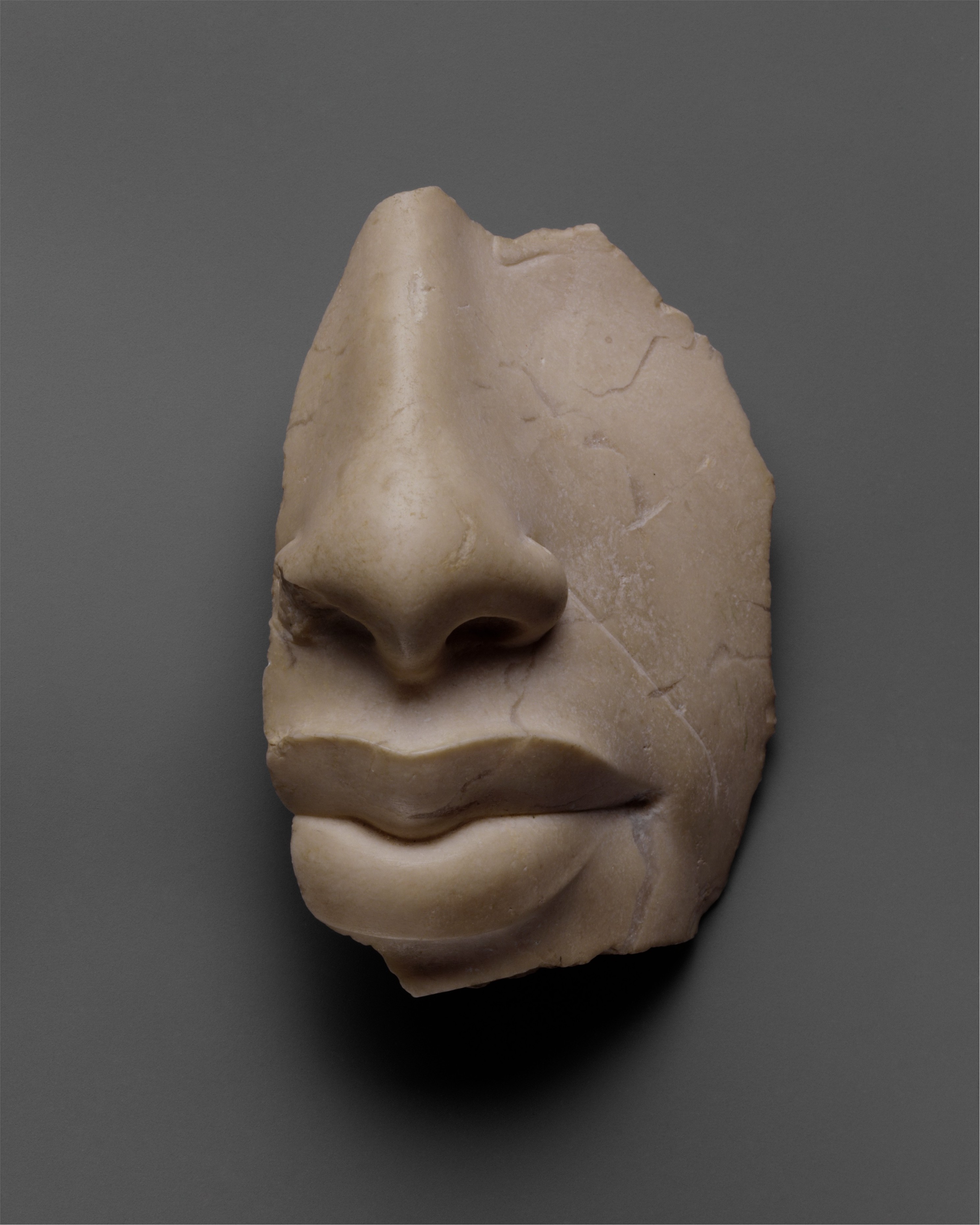Akhenaten was an ancient Egyptian pharaoh; before the fifth year of his reign, he was known as Amenhotep IV. He was one of the most famous pharaohs, and his fame was caused by something extraordinary; he is noted for abandoning Egypt's traditional polytheism and introducing Atenism, or worship centered around Aten. The views of Egyptologists differ as to whether the religious policy was absolutely monotheistic (the belief that there is only one god), or whether it was monolatric (the worship of one god without denial of the existence of other gods), syncretistic (the merge of practices, ideas, and religious traditions), or henotheistic (devotion to a single primary god while accepting the existence or possible existence of other deities).
After his death this culture shift away from traditional religion was reversed. Akhenaten's monuments were dismantled and hidden, his statues were destroyed, and his name was excluded from lists of rulers compiled by later pharaohs. In this story we can name some other famous Egyptian characters: Nefertiti, who was Akhenaten's wife, and Tutankhamun, the close successor who restored the traditional religious practice.
The sculpture fragment found in the dumps south of the Sanctuary of the Great Aten Temple (or in the Sanctuary itself) is attributed to Akhenaten. The inner corner of one eye is visible alongside the nose and lips.
Although there is little to distinguish many representations of the king and the queen, particularly relatively early in the Amarna years, the especially long line alongside the nose and lips and the sinuous upper lip support that identification.
P.S. Dear DailyArt users, we have a request for you: we are taking part in DesignWays, which is a competition for the best-designed mobile application. If you like DailyArt, think we deserve an award, and would like to help us, please vote for us here! Thank you! :)
P.P.S. In this article you can read more about the art of the Amarna Period.


 Unknown Artist
Unknown Artist